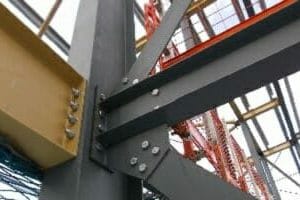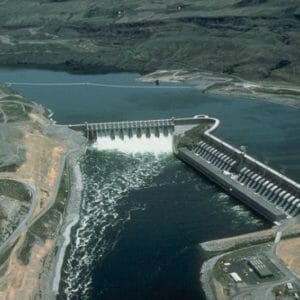-
×
 E - 1525 Biodiesels- Handling and Use Guide
3 × $100.00
E - 1525 Biodiesels- Handling and Use Guide
3 × $100.00 -
×
 Live Webinar - Structural Steel Connection Design per AISC Specification 360-16
1 × $109.00
Live Webinar - Structural Steel Connection Design per AISC Specification 360-16
1 × $109.00 -
×
 E - 1131 Hazardous Waste Identification
2 × $50.00
E - 1131 Hazardous Waste Identification
2 × $50.00 -
×
 Live Webinar - Understanding Hydroelectric Power Projects
1 × $99.00
Live Webinar - Understanding Hydroelectric Power Projects
1 × $99.00 -
×
 Live Webinar: A Closer Insight into Workplace Ethics & Professional Conduct
1 × $99.00
Live Webinar: A Closer Insight into Workplace Ethics & Professional Conduct
1 × $99.00 -
×
 E - 1110 Ponds – Planning, Design, and Construction
1 × $150.00
E - 1110 Ponds – Planning, Design, and Construction
1 × $150.00
Subtotal: $857.00


 E - 1525 Biodiesels- Handling and Use Guide
E - 1525 Biodiesels- Handling and Use Guide  Live Webinar - Structural Steel Connection Design per AISC Specification 360-16
Live Webinar - Structural Steel Connection Design per AISC Specification 360-16  E - 1131 Hazardous Waste Identification
E - 1131 Hazardous Waste Identification  Live Webinar - Understanding Hydroelectric Power Projects
Live Webinar - Understanding Hydroelectric Power Projects  Live Webinar: A Closer Insight into Workplace Ethics & Professional Conduct
Live Webinar: A Closer Insight into Workplace Ethics & Professional Conduct  E - 1110 Ponds – Planning, Design, and Construction
E - 1110 Ponds – Planning, Design, and Construction 








The presenter showed an interesting review of historic bridge design types and several historic failures. The presentation of new real-time testing and monitoring techniques was very informative. I would have liked to also see some discussion of methodology for developing repair approaches.
great classes very in depth
Good course. The slides and discussion was a little too fast and not enough detail. Slow down on showing the slides. Show more information on the monitoring and equipment used to provide the data gathering and testing.
The course was very informative with many examples.
Good – I learned about the low frequency measuring for perfomance of bridges which was interesting.